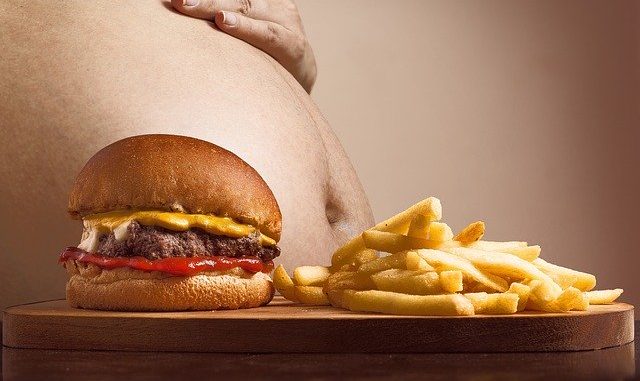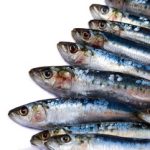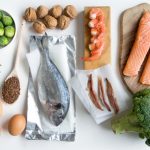
The De Novo Synthesis of fatty acids is our main pathway for creating these important molecules. Fatty acids are combined with glycerol to produce triacylglycerols but also for producing phospholipids and ultimately be used in producing cell membranes.
The synthesis of fatty acids occurs in the liver, kidney, adipose tissue & lactating mammary gland. All these enzymes are located in the cytosomal part of the cell. In some instances biochemists also call the pathway extramitochondrial or cytoplasmic fatty acid synthase system.
The main fatty acid synthesized by the de novo pathway is palmitic acid which is a 16 carbon saturated fatty acid). This is produced in the liver, adipose tissue, kidney, brain & lactating mammary glands. Acetyl CoA is the source of carbon atoms.
Acetyl CoA
Acetyl CoA is the starting material for de novo synthesis of fatty acids. Acetyl CoA is produced in the mitochondria by the oxidation of pyruvate, fatty acids, degradation of carbon skeleton of certain amino acids & from ketone bodies.
Mitochondria are not permeable to acetyl CoA.
The Start Of De Novo Fatty Acid Synthesis
Step 1a & 1b:
Fatty acid synthesis starts with the formation of acetyl ACP and malonyl ACP. The two enzymes involved respectively are acetyl transacylase and malonyl transacylase. In this case, acetyl CoA reacts with ACP to form acetyl ACP and coenzyme A (CoA).
Malonyl CoA is reacted with ACP to form malonyl ACP and CoA.
ACP is the acyl carrier protein. It is not only involved in fatty acid synthesis but also polyketide biosynthesis. It is a protein that holds the growing fatty acid chain during its synthesis.
Step 2: A condensation reaction occurs between acetyl ACP and malonyl ACP to form acetoacyl ACP. One of the acyl carrier proteins is released along with a molecule of carbon dioxide. The enzyme involved in this reaction is the acyl-malonyl ACP condensing enzyme.
Step 3: A reduction reaction
Acetoacetyl ACP is reduced to D-3-hydroxybutyryl ACP using NADPH as the reducing agent. The enzyme involved is beta-ketoacyl ACP reductase.
Step 4: A dehydration reaction
D-3-hydroxybutyryl ACP is dehydrated to generate crotonyl ACP otherwise known as trans-Δ2-enoyl ACP. The enzyme used here is 3-hydroxyacyl ACP dehydratase.
Step 5: The final step – a reduction reaction
In the final step, crotonyl ACP is reduced to butyryl ACP and NADPH is the reductant. The enzyme used is enoyl ACP reductase.
So we come to the end of the first elongation cycle but is also the start of the first round of generating a fatty acid.
The Second Round Of De Novo Synthesis Of Fatty Acids
In the second round of fatty acid synthesis, butyryl ACP condenses with another molecule of malonyl ACP to form C6-beta-ketoacyl ACP.
A repeat of steps 2 to 5 with reduction, dehydration and reduction again produces a C-6 acyl ACP that is then ready for a 3rd round of elongation.
Termination
If palmitic acid is the end product, then there are rounds of synthesis which produce a 16 carbon palmitoyl group (palmitoyl-ACP). This is hydrolysed using a thiosterase to generate palmitate whilst the ACP is returned to its original state with sulphydryl group where the fatty acid group used to be.
Net Production
The net reaction is:-
8 acetyl-CoA + 14 NADPH + 7 ATP -> palmitate + 7 CO2 + 14 NADP+ + 8 CoA + 7 ADP + & Pi
The overall net reaction is:
acetyl-CoA + 7 malonyl-CoA + 14 NADPH -> palmitate + 7 CO2 + 14 NADP+ + 8 CoA



How does this relate to polyketide synthesis?